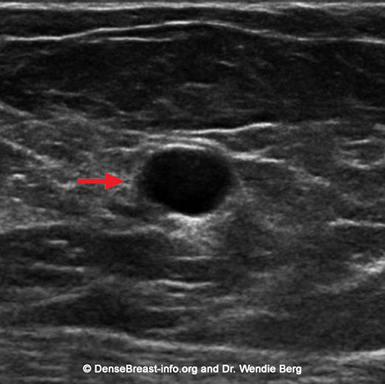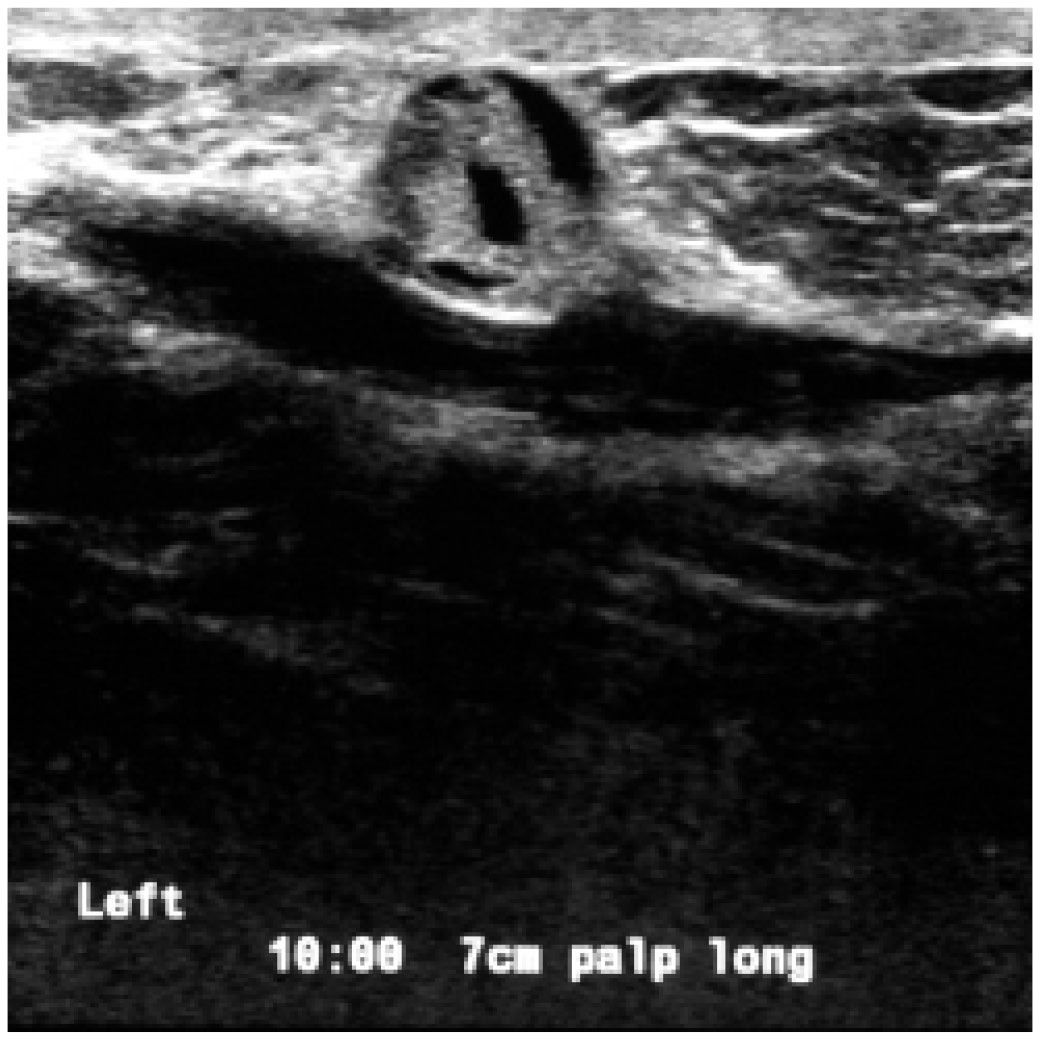
Provide guidance for minimally invasive procedures such cyst aspiration or core needle biopsy. Image women under the age of 30 years old, or who may be pregnant or lactating and have a palpable lump. Help try to find the cause of breast symptoms, such as focal pain, redness, or nipple discharge. Evaluate a palpable breast lump To determine whether a breast lump is fluid-filled (a cyst) or a solid mass. Further evaluate a finding seen on a mammogram or magnetic resonance imaging test. The ultrasound image is immediately visible on the machine’s screen, which looks much like a computer or television monitor. The transducer sends out inaudible sound waves into the breast and then detects the returning echoes from the breast tissue. The transducer is a small, hand-held device that is attached to the scanner by a special cord. Mammograms do not make this distinction, though they are better than ultrasounds at detecting microcalcifications, which can be an early sign of breast cancer.Īn ultrasound unit is a machine that contains a computer, electronics, a display screen, and a transducer. The ultrasound machine can create an image that often allows the radiologist to distinguish between a fluid-filled cyst and a solid mass. A breast ultrasound examination is not considered a screening test, nor does it replace a mammogram. For Health Care Providers: Density Scenariosīreast ultrasound is a noninvasive medical test that uses sound waves (not x-rays) from a hand-held unit called a transducer to produce pictures of the inside of the breast.Īn ultrasound test may be useful if your mammogram shows a mass, or if a lump is felt during a breast exam that may or may not be seen on a mammogram. 
A radiologist will analyze the ultrasound images and will discuss the results with you. After the testĪfter the exam you can resume your normal activities. Ultrasound does not require the use of radiation, special dyes, or anesthesia. A breast ultrasound exam is typically painless and takes less than 30 minutes to complete. The transducer captures images of the tissue below the skin. She will place a small amount of warm gel to your breast and will move the transducer over your breast. What will happen during the test?ĭuring a breast ultrasound the sonographer will ask you to lie face up on the exam table. This is important as a change from prior images can be a sign of breast cancer.


You may be asked to change into a gown.īring images from any mammograms, breast ultrasound exams, or breast MRIs that you have had at other hospitals or offices on a CD. These will be loaded into our system so the radiologist can compare. On the day of the test you should wear comfortable clothes. How do I get ready for the test?Ī breast ultrasound does not require any special preparation. It has not been proven to save lives from breast cancer the way that mammography has. Ultrasound is not a substitute for a mammogram. We are happy to discuss whether screening breast ultrasound is right for you. However, it also leads to more follow-up exams and even biopsies of things that turn out not to be cancer.

Doing so finds roughly two more cancers for every 1,000 women. Many women with dense breast tissue choose to have a screening breast ultrasound performed with their screening mammogram.








 0 kommentar(er)
0 kommentar(er)
